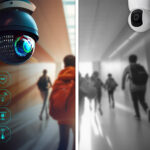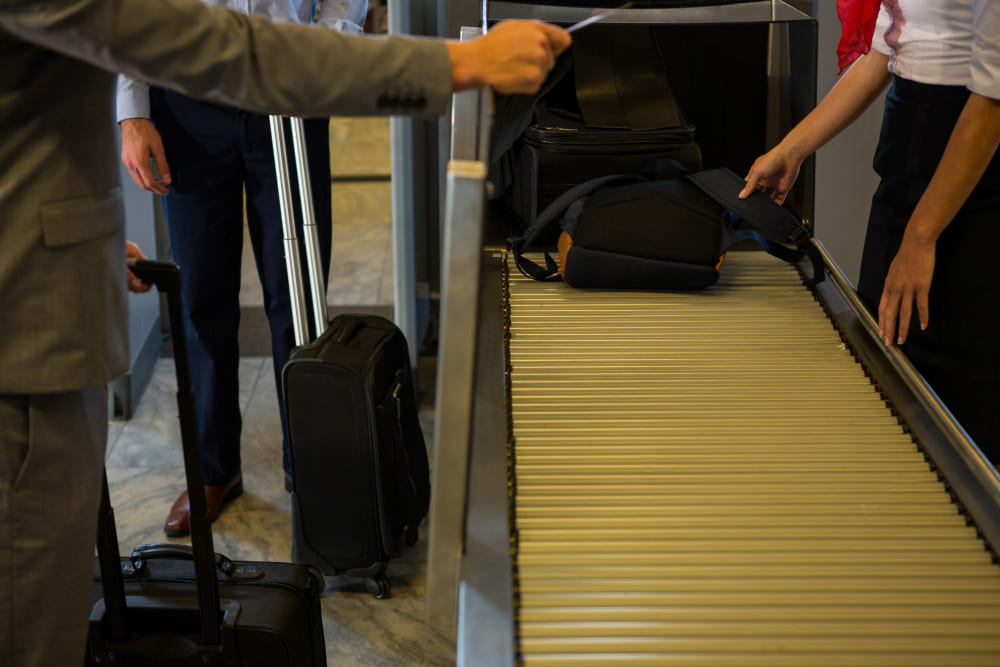In today’s world, where security threats are increasingly complex and ever-evolving, safeguarding public spaces has become a top priority for authorities across the globe. One of the most effective tools in modern security infrastructure is the X-ray camera scanner. This advanced imaging technology has redefined how security personnel inspect baggage, vehicles, cargo, and even entire containers, ensuring that threats are detected before they reach critical areas.
By providing real-time, detailed visualizations of concealed items, X-ray camera scanners have become indispensable at checkpoints in airports, metro stations, government buildings, and border control posts. Their role extends far beyond traditional screening—today, they are a cornerstone of proactive threat detection and public safety enhancement.
What Is an X-ray Camera Scanner?
An X-ray camera scanner is a security screening device that uses X-ray radiation to capture detailed images of the internal contents of objects. These scanners work by projecting X-rays through an item and capturing the varying absorption patterns that result. The differences in absorption rates help differentiate between organic, inorganic, and metallic substances, allowing the system to highlight potential threats such as weapons, explosives, or contraband.
Unlike manual inspections, which can be time-consuming and prone to human error, X-ray scanners deliver fast and consistent results. Operators can view detailed images on high-resolution monitors and zoom in on specific areas of interest. Some scanners also incorporate color differentiation, 3D imaging, or artificial intelligence to enhance threat detection and streamline operations.
Enhancing Safety Through Precision and Speed
Checkpoint security depends heavily on two factors: speed and accuracy. Delays can cause bottlenecks, and missed threats can have catastrophic consequences. X-ray camera scanners balance both needs efficiently.
At airports, for instance, these scanners can process thousands of bags per hour while maintaining strict compliance with safety standards. Passengers place their luggage on conveyor belts, and within seconds, the system captures and analyzes detailed images of the contents. Suspicious shapes or materials are flagged instantly for secondary inspection. This rapid turnaround enhances passenger flow while maintaining a high level of vigilance.
Similarly, at land border crossings and ports, where cargo must be checked without disrupting trade, high-energy vehicle and container scanners use the same X-ray principles to inspect trucks and containers in minutes—often without needing to unload them. These scanners not only detect weapons or explosives but can also uncover illegal shipments, hidden compartments, and smuggling attempts.
Applications in Public Infrastructure
The use of X-ray camera scanners is not limited to transportation hubs. These systems are increasingly deployed across a variety of public infrastructure points:
- Metro Stations and Railway Terminals: With rising urbanization, public transport systems face growing security challenges. X-ray scanners installed at station entry points help screen passenger bags, reducing the risk of dangerous items entering high-density areas.
- Government and Judicial Buildings: Ensuring the safety of lawmakers, civil servants, and visitors is critical. X-ray scanners at entrances allow for non-invasive screening of personal belongings, minimizing the risk of violent intrusions.
- Event Venues and Stadiums: Large gatherings attract both attention and vulnerability. Security teams use mobile or fixed X-ray scanners to inspect backpacks, handbags, and parcels, ensuring that no hazardous materials are brought in.
- Industrial and Corporate Campuses: Companies with sensitive operations or intellectual property also use scanners to monitor the movement of goods, protect against theft, and enforce compliance with safety policies.
Integration with AI and Smart Systems
Modern X-ray camera scanners go far beyond simple imaging. By integrating artificial intelligence, these systems can now autonomously detect and classify threats based on learned patterns. Machine learning algorithms analyze thousands of images to improve detection accuracy and reduce false alarms.
For example, AI-enhanced scanners can differentiate between an innocuous battery pack and a potential improvised explosive device based on shape, density, and material composition. These systems continuously improve over time, learning from real-world data and operator feedback.
Furthermore, integration with broader security ecosystems—such as facial recognition systems, access control, and emergency response networks—ensures that any threat detected by the X-ray scanner can trigger instant alerts and coordinated action. This level of connectivity transforms standalone scanners into smart, responsive security hubs.
Operator-Friendly Features
While the technology behind X-ray camera scanners is complex, their user interface is designed for simplicity and speed. Operators undergo specialized training to interpret the images and use various tools to assist them, such as:
- Color-coded Imaging: Different materials are displayed in distinct colors, enabling quick identification.
- Image Enhancement: Zoom, rotate, and contrast adjustment features help in closer inspection.
- Automated Threat Recognition: AI software can outline suspicious items for immediate attention.
- Archive and Replay Functions: Images can be stored, tagged, and reviewed later for audits or investigations.
These features minimize dependence on individual judgment and promote consistent, data-driven decision-making.
Conclusion
The role of X-ray camera scanners in today’s security landscape cannot be overstated. They offer a non-intrusive, highly effective way to detect threats before they become incidents. Whether at a crowded airport terminal, a political rally, or a sensitive government installation, these devices provide security personnel with the tools they need to make fast, informed decisions.
By continuing to evolve alongside innovations in AI and connectivity, X-ray camera scanners will remain at the core of safer, smarter checkpoint security—protecting not just spaces and assets, but people and peace of mind.
- X-ray Camera Scanner Technology: Boosting Safety at Every Checkpoint
- X-ray camera scanner deliver precise imaging to detect concealed items, boosting security in airports, buildings, and critical facilities.
- X-ray camera scanner
Related posts:
 Why KBH Games Is Perfect for Family-Friendly Online Entertainment
Why KBH Games Is Perfect for Family-Friendly Online Entertainment
 Build a Seamless School Portal with These Powerful Templates
Build a Seamless School Portal with These Powerful Templates
 7 Ways Aerospace Companies Are Using Composites to Elevate Aerial Robotics
7 Ways Aerospace Companies Are Using Composites to Elevate Aerial Robotics
 Samsung Galaxy S24 Ultra Price in Pakistan: A Closer Look at the Mid-Range Marvel
Samsung Galaxy S24 Ultra Price in Pakistan: A Closer Look at the Mid-Range Marvel
 The Ultimate Web Development Checklist for Building High-Performance Digital Experiences
The Ultimate Web Development Checklist for Building High-Performance Digital Experiences
 Benefits of AI-powered CCTV Cameras for Business Surveillance
Benefits of AI-powered CCTV Cameras for Business Surveillance
 Top App Development Agency UK – Transforming Ideas into Apps
Top App Development Agency UK – Transforming Ideas into Apps
 Transforming Oil and Gas Operations in Qatar with Microsoft Dynamics 365 Supply Chain Management
Transforming Oil and Gas Operations in Qatar with Microsoft Dynamics 365 Supply Chain Management







